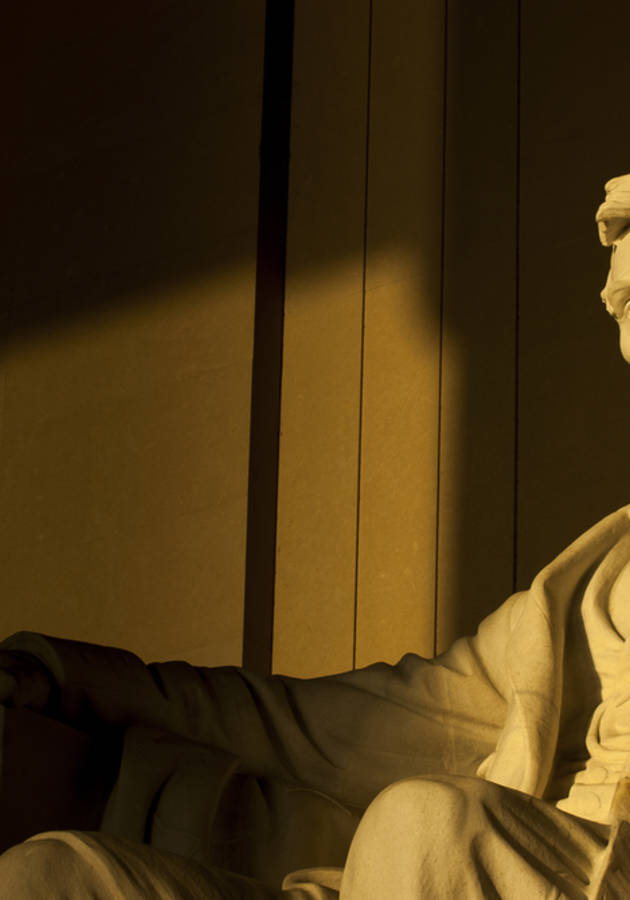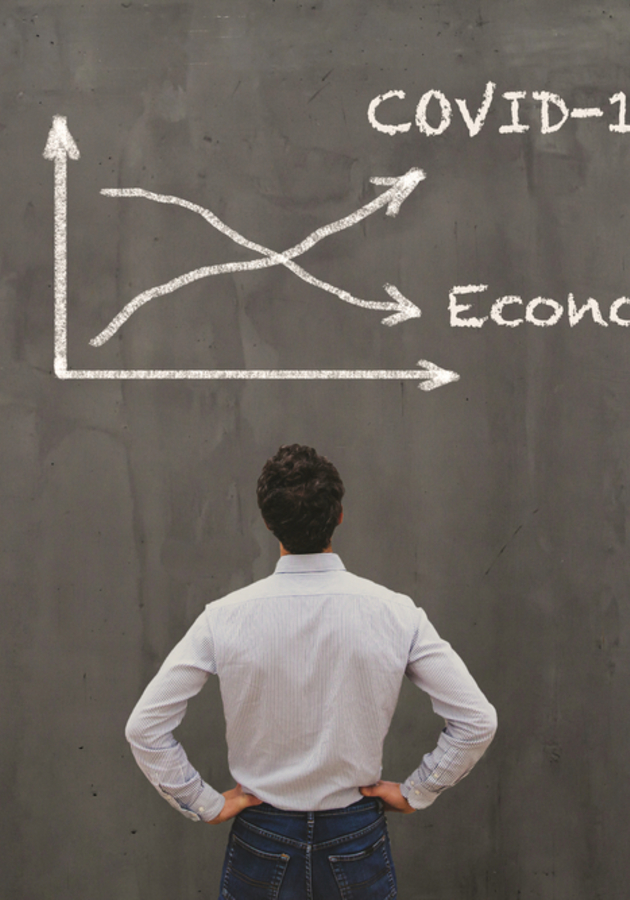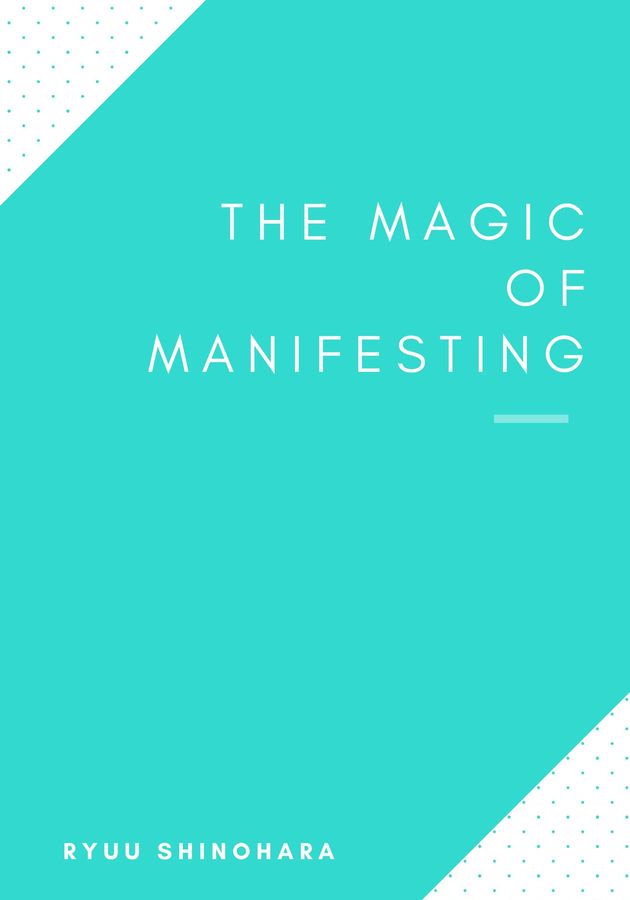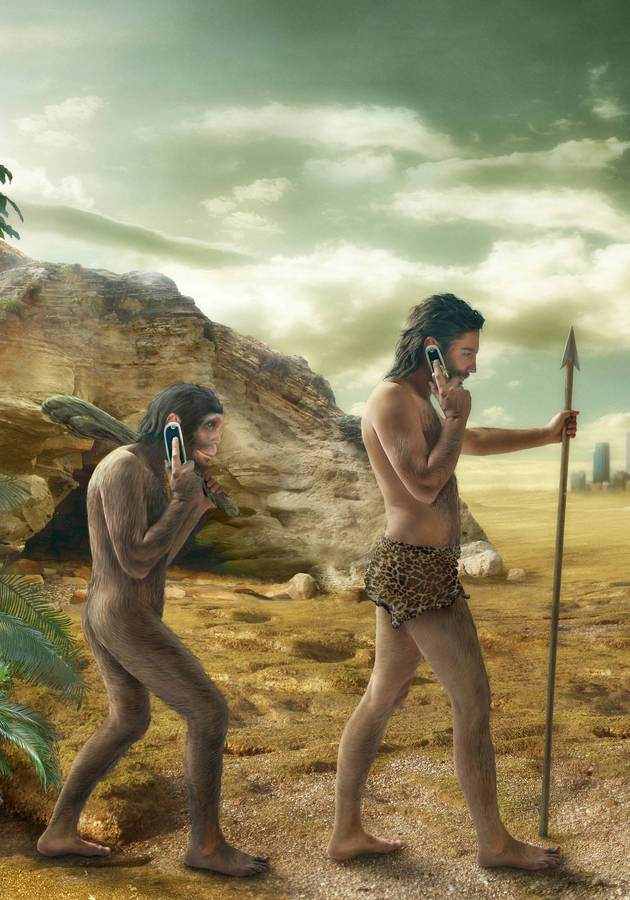According to Steve Blank – Silicon Valley entrepreneur, educator and author of “Four Steps to the Epiphany” – the key lesson in building startups, since the introduction of his trademarked Lean LaunchPad entrepreneurship methodology, can be summed up in five simple words: “Get out of the building!”
“In a comprehensive, yet concise and accessible manner,” Giff Constable’s actionable 80-page-long customer development classic “Talking to Humans” teaches you how you can do this in the most optimally.
So, get ready to learn how to find interview candidates and conduct effective interviews and how to synthesize your learning so that you can become a master of customer discovery.
Getting out of the building and becoming a detective
If you want to be an entrepreneur and introduce something new in the world – “an incredibly powerful and meaningful endeavor” – to be ahead of your time is just as wrong as being behind it.” That’s why,” as Constable writes in the “Talking to Humans” introductory chapter, “the art of being a great entrepreneur is finding the right balance between vision and reality.” This is, of course, pretty “scary and extremely risky”: invest in something not new enough, and very few people would be interested in; invest in something too new – and you might end up poor nevertheless. So, how can you beat the odds?
The answer is quite obvious: you start investigating. Since every new idea is necessarily built upon a stack of assumptions, and since challenging the riskiest among them right at the start is crucial to success, one of the most basic aspects of putting together a successful startup is getting into the market – or, in the words of customer development guru, Steve Blank, getting out of the building. You can try testing your assumptions from the conference room, but unless you meet your prospective customers in the flesh, chances are you might miss on something fundamental – not to mention the nuances – 9 out of 10 times.
There are two effective ways to get out of the building: you can either talk directly to your customers and partners and observe their behavior or run experiments in which you put people through an act and track what happens.
“Talking to Humans” is a book about talking directly to your customers and partners and observe their behavior, for the very simple reason that this “qualitative part of customer discovery is surprisingly hard for most people, partly because talking to strangers can feel intimidating, and partially because our instincts on how to do it are often wrong.” Unfortunately, as good as your product might objectively be, the success of your startup depends much more on whether people would understand this intuitively. That’s why it is essential to uncover this in advance.
What not to do: screwing up customer discovery
In a way, customer discovery can be better understood by what it is not than by what it truly is. And, as mentioned above, this is primarily because of our instincts: it is only a natural tendency for people with new ideas to try to sell them to other people. That’s not your job, however. Your main objective in customer discovery is to learn; this means that customer discovery is also not about “abdicating your vision” or “asking people to design your product for you.”
You are the one with the idea, the one with the assumptions; customer discovery is neither about giving up nor about force-feeding your concepts to other people – it is about challenging your assumptions to perfect your design. You are neither a quitter nor a marketing rep – you are (or, at least, should be) a detective, looking for clues that help confirm or deny your assumptions.
“Whether you are a tiny startup or an intrapreneurial team within a big company,” writes Constable, “your goal is not to compile statistically significant answers. Instead, you want to look for patterns that will help you make better decisions. Those decisions should lead to action, and smart action is what you need for success.” There are, unfortunately, numerous ways you can screw up this process. Some of the most common ones are the following:
- Treating speculation as confirmation. Questions such as “would you use this?” or “would you pay for this?” are, by definition, speculative. Don’t treat them as confirmations of your assumptions: challenge them instead via behavior-focused interaction, such as the following one. “Do you enjoy the process of buying online tickets? Tell me about the last time you bought tickets this way? What frustrated you about the process? What different systems or methods have you tried?”
- Leading the witness. Interrogatives such as “we don’t think most people really want to book tickets online: what do you think?” are not really questions, but answer-steering pitches. They might prime your prospective customers into saying “yes” regardless of their real feelings. Always ask open-ended, neutral questions.
- Constantly talking. Of course, you’re going to be excited about your product, but the point of customer discovery is not proclaiming this out loud but finding out whether other people are excited as you. Once again: there’s nothing wrong with pre-selling, but bear in mind that this has nothing to do with behavioral learning.
- Hearing only what you want to hear. “Our brains are amazing filters,” warns Constable. “Leave your agenda at the door before starting a conversation.”
- Treating a single conversation as the ultimate truth. Just like “one swallow does not a summer make,” one customer’s strong opinions – whatever they are – needn’t mean nothing in particular.
- Being overwhelmed by your fear of rejection. JFDI, always JFDI. Just freakin’ do it.
- Talking to anyone with a pulse. Not everyone is your prospective customer, so don’t interview everything that moves.
- Winging the conversation. While interviewing people, it’s necessary to keep things conversational, but don’t take this to the extreme: be prepared beforehand and have your questions written up and force-ranked based on the risks and assumptions you are worried about.
- Trying to learn everything in one sitting. “If you have a huge range of questions, do more interviews and split the questions.”
- Believing that only the designer does qualitative research. For best results, everyone on the team must get out of the building and talk to people.
- Stopping with customer development after a week. It’s necessary to build “a regular qualitative cadence” into your product process: that’s the only way to understand the reasons why things are happening (or not).
- Asking the customer to design your product for you. That’s not your customers’ job: that’s your job. Good entrepreneurship is about devising solutions and tweaking them via feedback: customer discovery covers the latter.
What to do: the basics of customer discovery
Now that we know what customer discovery is not, it’s much easier to describe what it truly is.
As defined by Constable, it is nothing particularly complicated: customer discovery is the process of “gaining much deeper insight into your customer, or your partners, or your market.” However, as simple as that might sound, it’s not only a bit difficult to achieve it – it is also tremendously important to do it the right way. And to do so, you must develop a working methodology of some kind. After all, if your goal is to get the right answers, it’s only natural that you must first devise the right questions. And to devise the right questions, you must first understand your risks and assumptions.
That is where everything starts: customer discovery should be to your product what an experiment is to a scientific hypothesis – a way to see if your vision aligns with reality. So, as spontaneous as your conversations with your prospective customers should eventually become, they must be founded in a carefully prepared interview guide that addresses your risks and assumptions in order of priority.
Next comes a pretty vital part: recruiting the right people for your experiment. Asking the members of your family and your closest friends what they think about your idea is both one of the most common strategies startups employ – and one of the worst mistakes in the rulebook.
Your family and your friends are naturally biased toward you, and would rather tell you what you want to hear than hurt your feelings. Of course, since your product should compete in the real world, your feelings will eventually get hurt – only later they will also cost you a lot of money.
Recruiting the right people isn’t easy, but, bearing in mind the importance of this step, you should never give up: if you don’t succeed at first, get creative and try something new. And when you finally find them, be sure to take good notes, especially on your key risks, so that you can calculate metrics later.
Setting your target goals ahead of time is even better: you’ll know which of the answers matter and which don’t. After all, regardless of how good and relevant your questions are, simply being told that your idea is “cool” is not useful; on the other hand, even in the absence of a proper answer, merely “seeing behavior that validates your customer’s willingness to buy is very useful.”
The last step is pretty straightforward: once you gather all the raw data, bring it back to your team, and commit to analyzing the patterns. Then – and only then – you should start tweaking your product. Of course, it’s important to remember that you should “never stop asking hard questions about your business” – customer discovery isn’t just an introductory step toward product perfection, but an ongoing process that never ends.
Getting started with customer discovery: the 5 core questions
Qualitative research – that is, talking to humans – starts with a core set of five simple questions:
- Who do you want to learn from? If your product is aimed at teenagers, why would you want to talk to grandparents? That’s why “the first step in trying to learn from the market is having an opinion about who your market actually is.” Always have in mind these three categories:
a. typical customers (the ones you envision for when you get traction with your idea)
b. the early adopters (the ones who might take a chance on your product before everyone else).
c. the critical partners (for distribution, fulfillment or other parts of your business);
- What do you want to learn? Essentially, how to deal with your most important and most risky assumptions. Some of the most important questions to be answered during customer discovery are:
a. What will your target customer be?
b. How will you make money out of your product?
c. How will you beat your competitors?
d. What is your biggest technical or engineering risk?
- How will you get to them? Of course, by asking the right people. There are three general rules to keep in mind when recruiting candidates to speak with:
a. Try to get one degree of separation away (so, no moms and uncles or best friends).
b. Be creative (don’t expect people to come to you: find innovative ways to reach them).
c. Fish where the fish are (and not where they are not).
- How can you ensure an effective session? There are several ways to achieve this. Some of them are:
a. Do your interviews in person.
b. Talk to one person at a time.
c. Bring a notetaker with you.
d. Disarm your own biases by going into each session prepared to hear things you might not want to.
e. Get your interviewees to tell a story – not to speculate.
f. Understand priorities.
g. Look for solution hacks.
h. Listen – don’t talk.
- How do you make sense of what you learn? Your goal is not to learn for learning’s sake, but to make better decisions that increase the odds of success. So, once you gather them, make sense of your prospective customers’ answers by scoring them in several categories in a previously designed Excel sheet and/or looking for patterns. Metrics is all about turning qualitative into quantitative.
Final Notes
If you want to become a successful entrepreneur, then probably nothing is more important than nailing customer discovery before the sales process gets rolling. And if talking to customers is Entrepreneurship 101 – to paraphrase Phin Barnes, a partner at First Round Capital – than Constable’s “Talking to Humans” is the syllabus.
“Chock full of lessons learned and actionable advice,” Constable’s easily graspable book compacts so much wisdom in about 80 pages that, according to Steve Black, is a must-read – especially “if you are a student, aspiring entrepreneur or product manager trying to bring the value of getting out of the building to an existing company.”
And who are we to argue with him?
12min Tip
“If I had asked people what they wanted,” said famously Henry Ford a century ago, “they would have said faster horses.” So, don’t ask people what they want: ask them, instead, if they like your solution to a problem they might not even know they’ve experienced. That’s entrepreneurship.





























